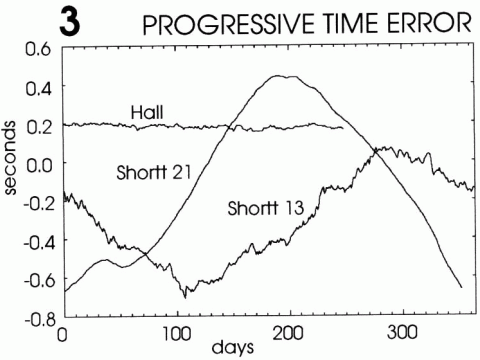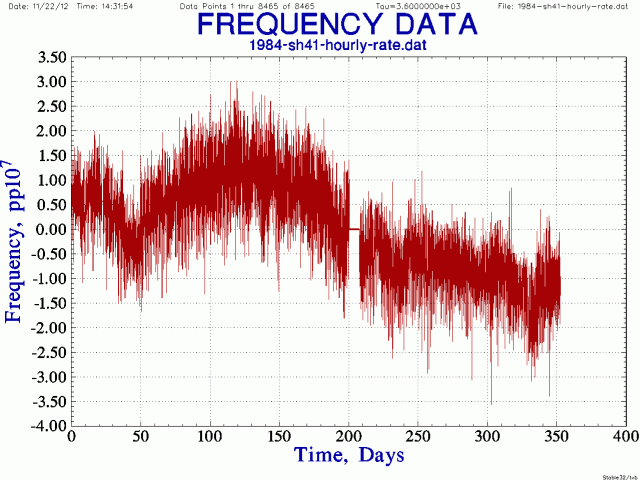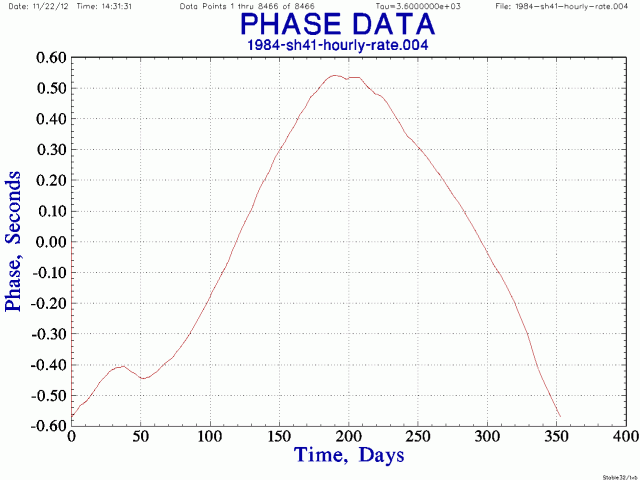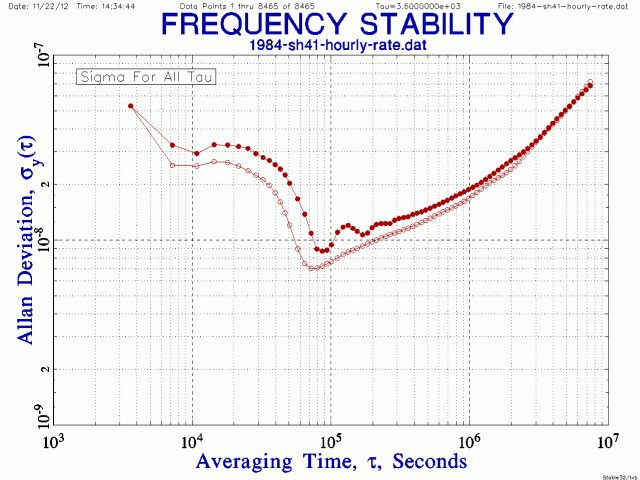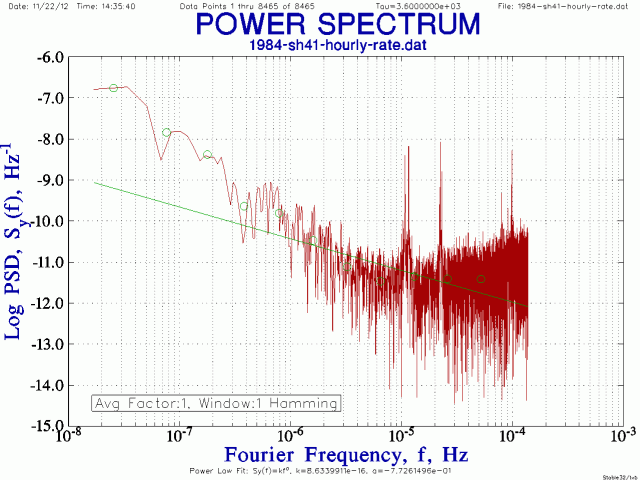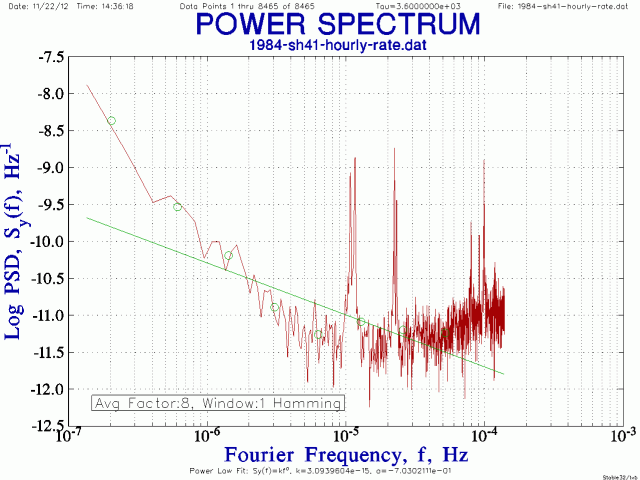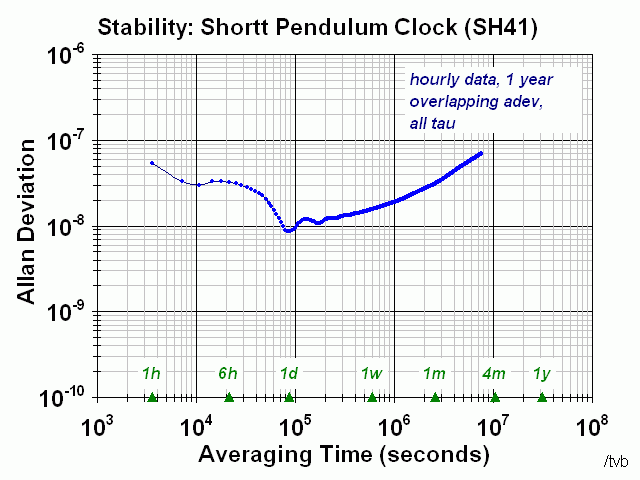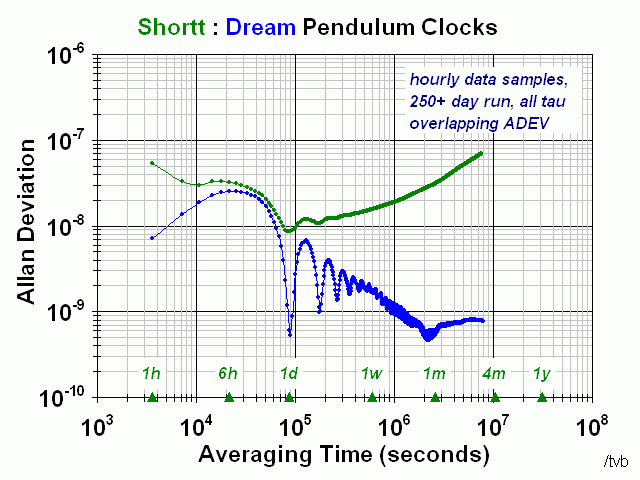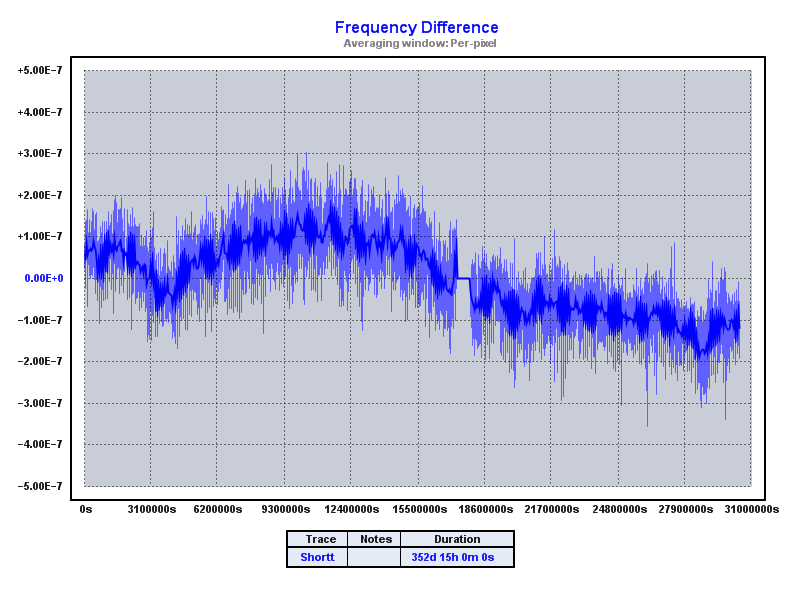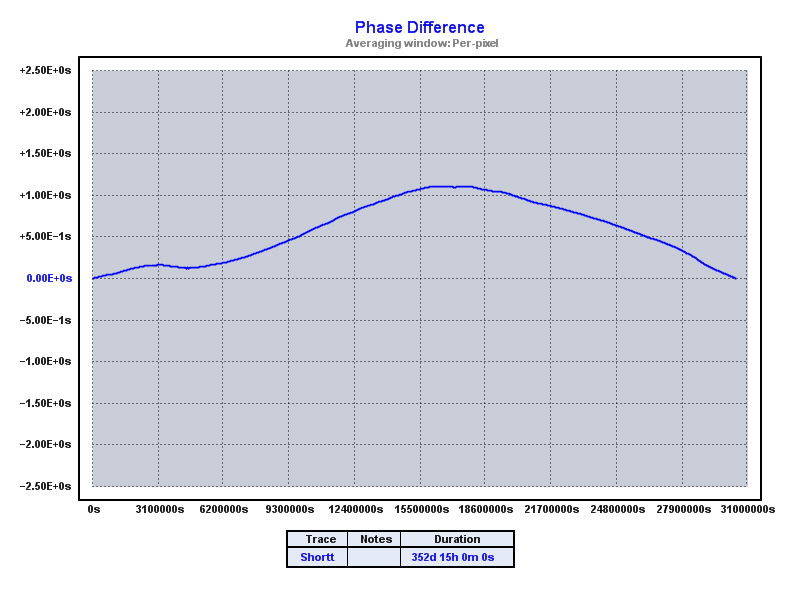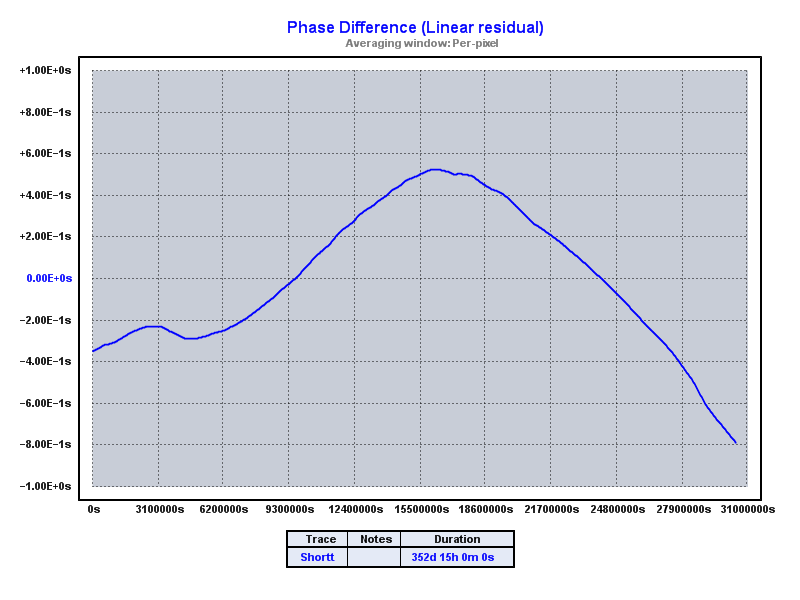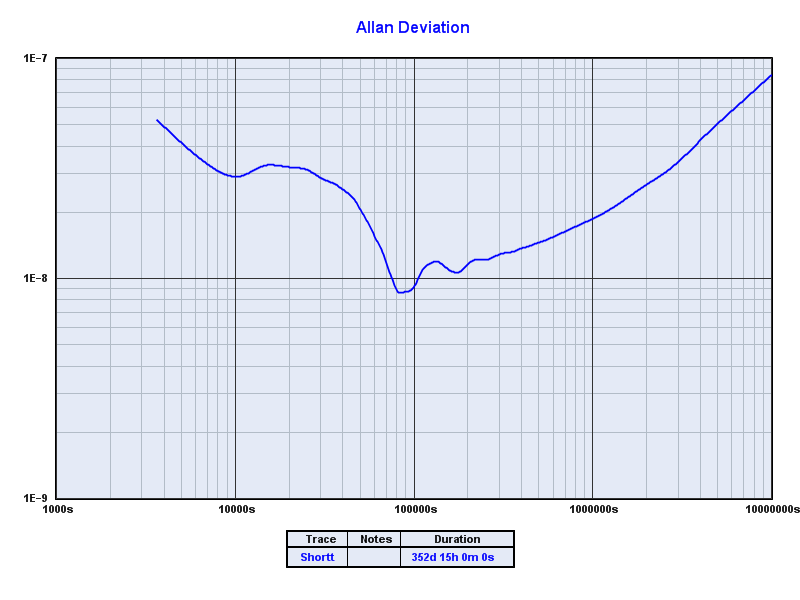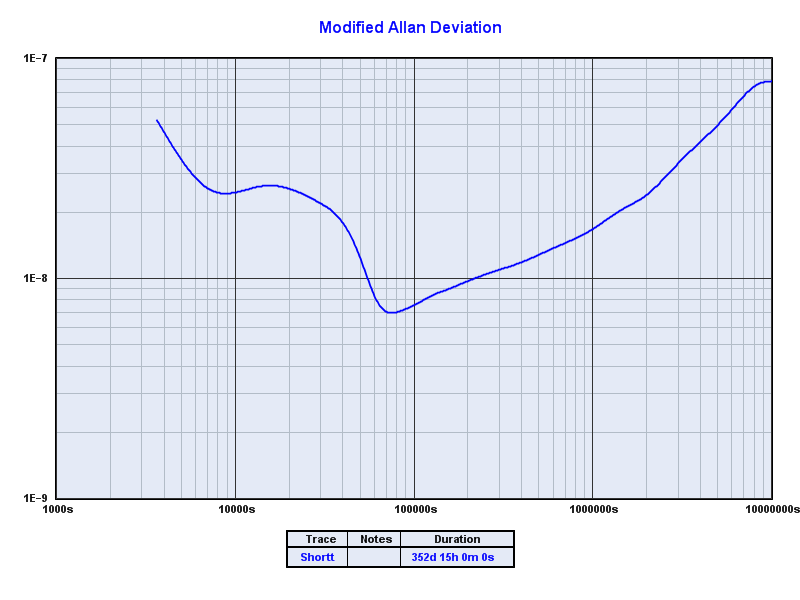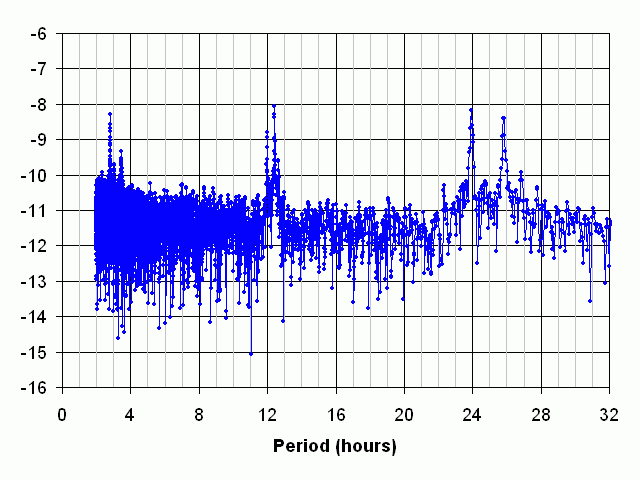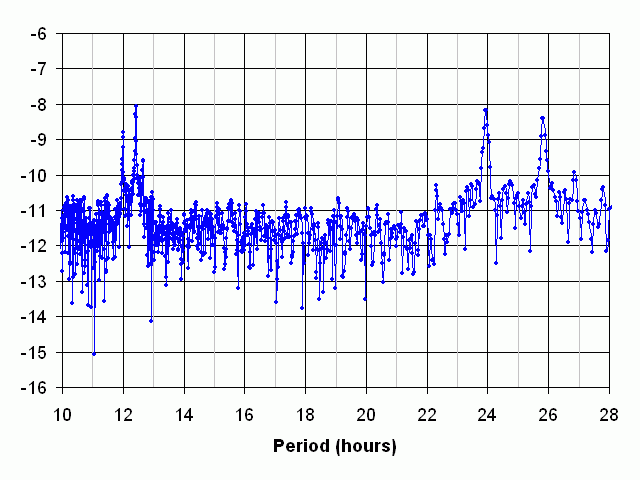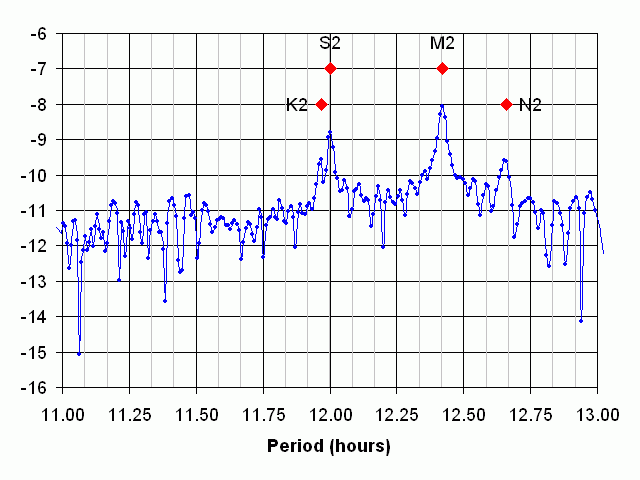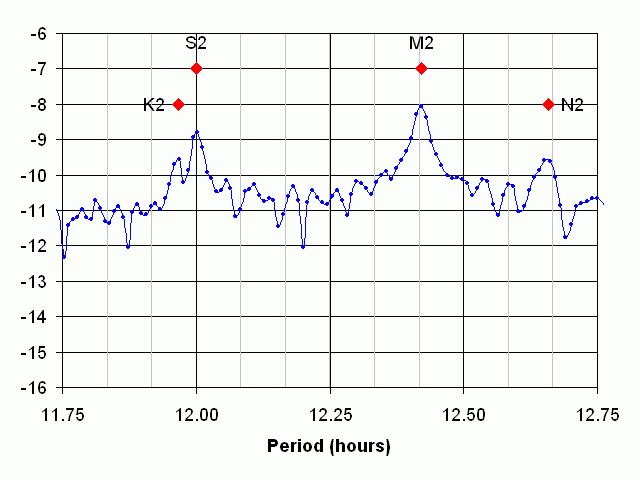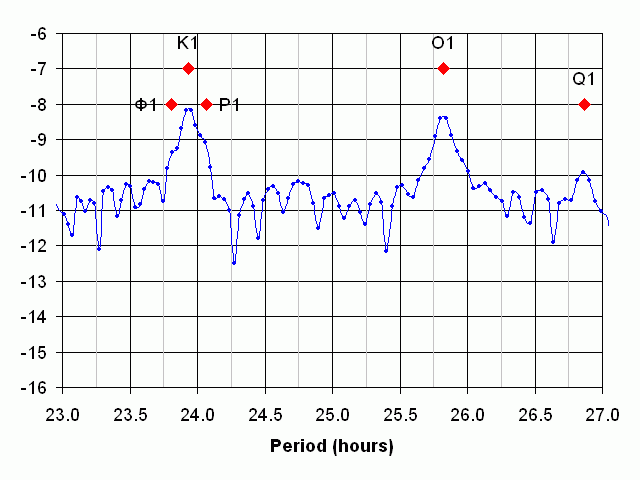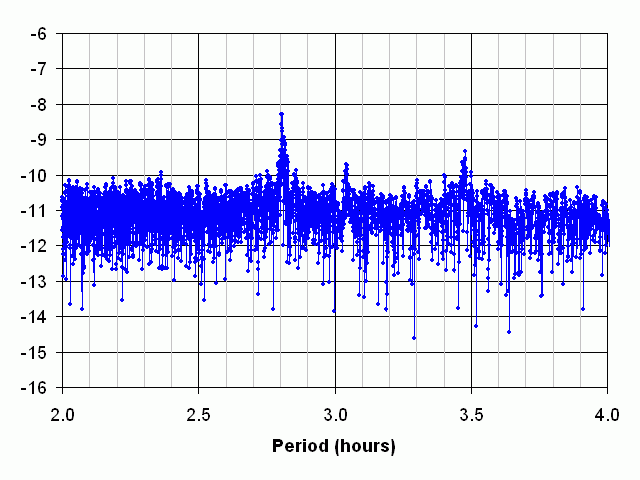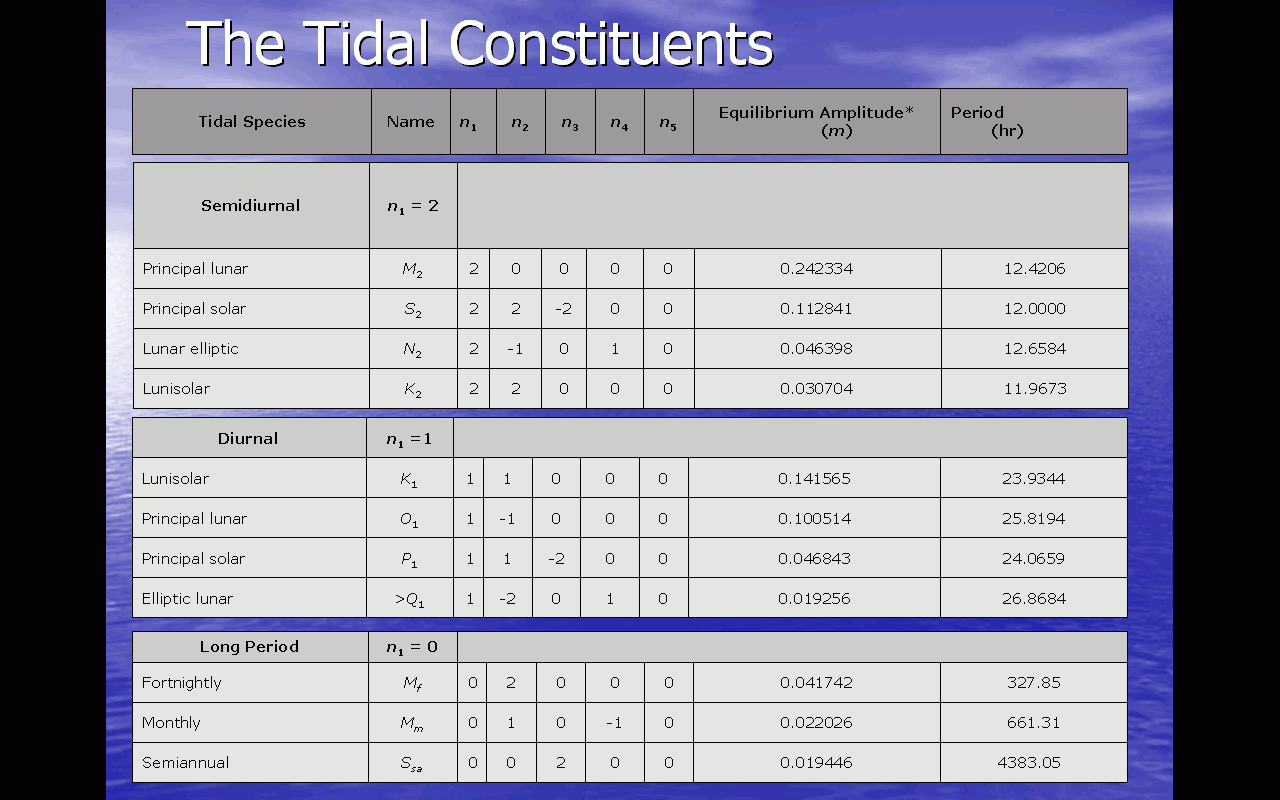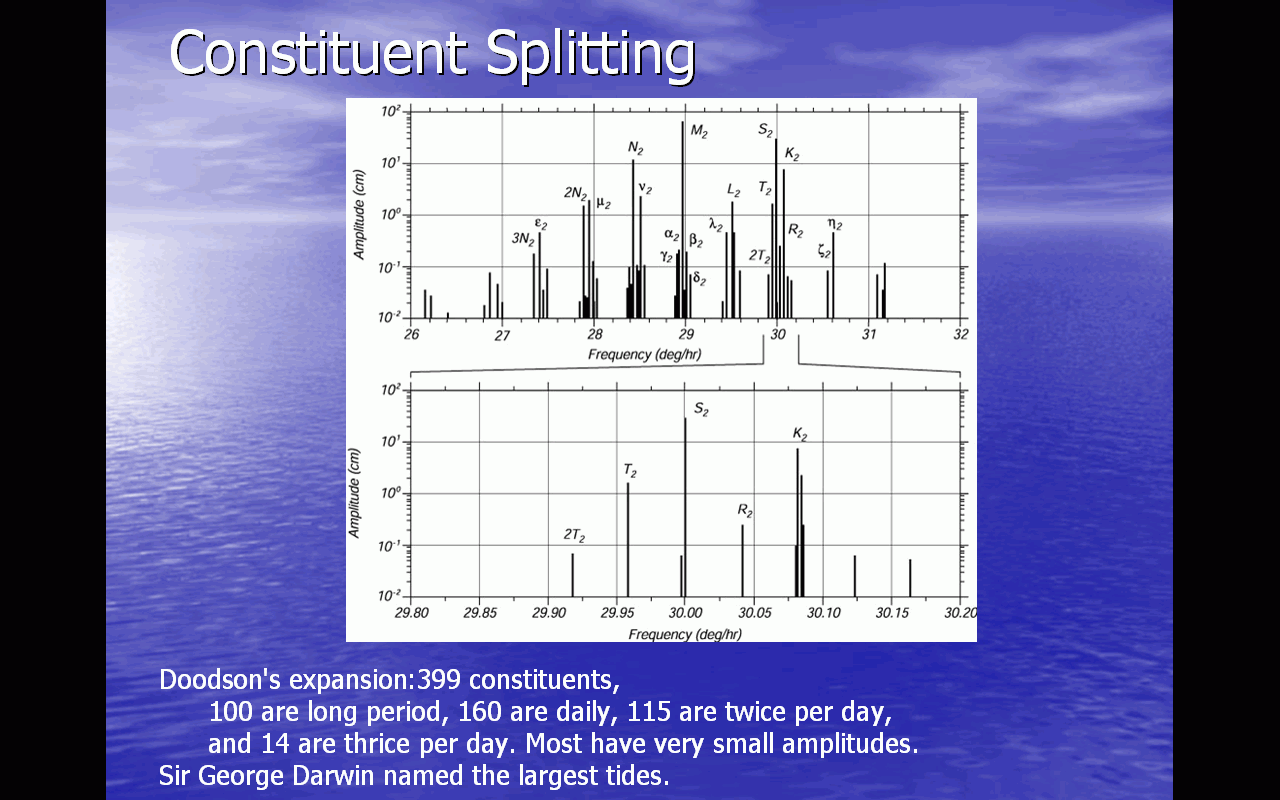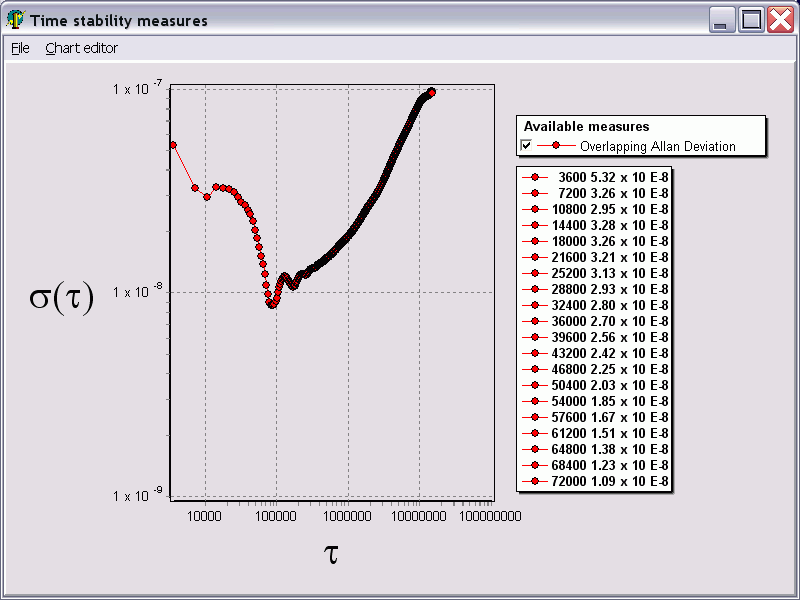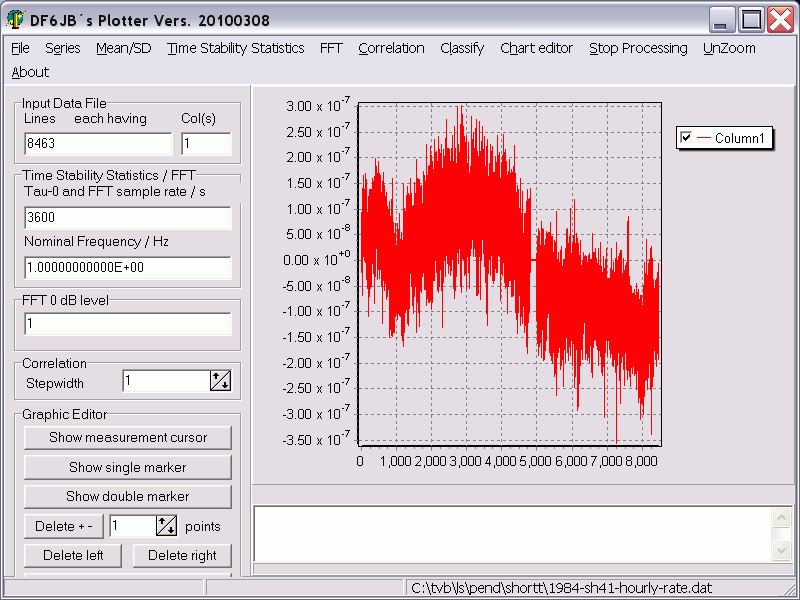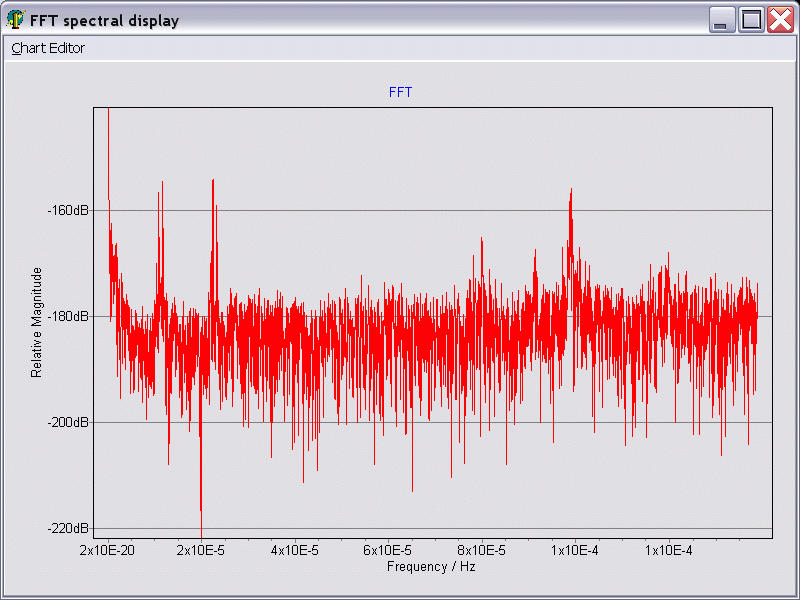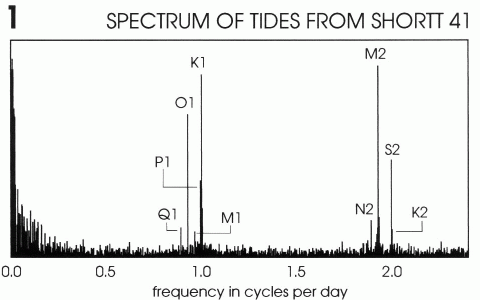
I have been asked a number of times for data that Pierre Boucheron collected during his experiment comparing a Shortt free pendulum clock against a USNO cesium clock reference. The experiment was devised and measurements made by Pierre Boucheron. A decade later Philip Woodward digitized the hardcopy and extrapolated missing samples.
The following file contains hourly measurements between SH41 and the USNO cesium clock.
The first column is the sample number.
The second column is the error in seconds (aka phase difference).
The data covers 8464 continuous hours (approximately 352 days, or 50 weeks; almost a full year).
First sample: 1984-10-18 00:15:00 UTC (DOY = 292, Thu, STOD = 900) = JD 2445991.51042 = MJD 45991.010417
Last sample: 1985-10-05 15:15:00 UTC (DOY = 278, Sat, STOD = 54900) = JD 2446344.13542 = MJD 46343.635417
Download: 1984-sh41-hourly-error.dat (122 KB) sh41a.dat
Derived from the above, the following file contains hourly rates (frequency averages, tau=3600 seconds).
8463 data points.
Samples are relative frequency error, adjusted for zero mean rate.
The first two lines are semi-colon prefixed comments.
Download: 1984-sh41-hourly-rate.dat (129 KB)
See also my Shortt papers: Precision Pendulum Clocks, Gravity and Tides
The following are sample plots made from this data set.

